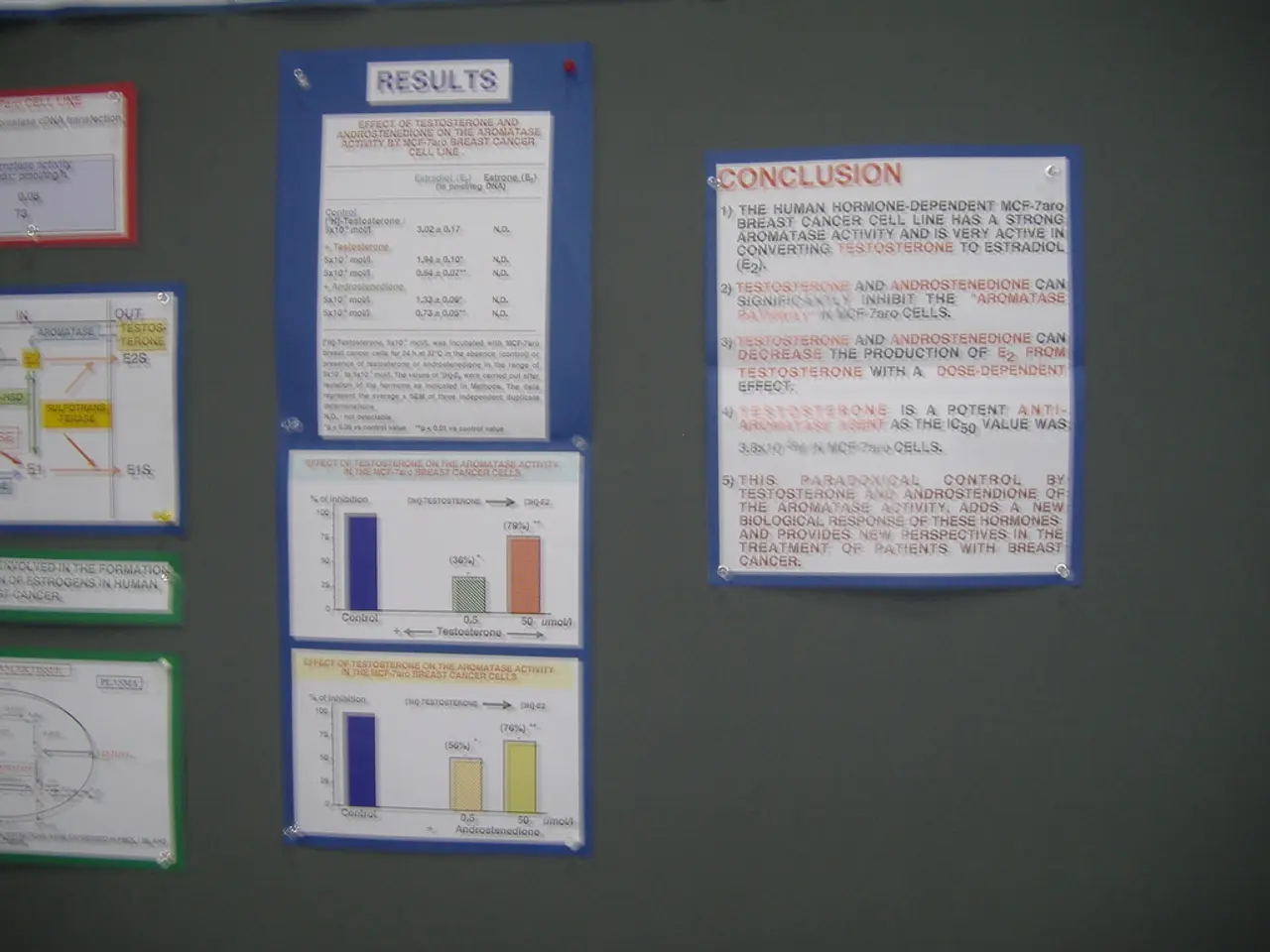Streamlined Strategies for Employee Departure, Including a Handy Checklist
Effective offboarding is crucial for maintaining operational continuity and minimizing disruptions to the workflow. This structured approach to managing an employee's departure from a company ensures a smooth transition and leaves a positive lasting impression.
Key Elements of a Successful Offboarding Process
Financial Settlements
Complete all financial settlements, including the last paycheck calculation, reimbursement for expenses, unused leave payouts, and bonuses. Provide clear details about final paychecks, bonuses, and unused leave payouts, as well as information about the continuation of benefits like health insurance (COBRA in the U.S.), and retirement fund rollovers or withdrawals.
Documentation and Communication
HR must document the resignation and initiate the offboarding process, including sending resignation acceptance letters, notifying payroll and IT departments, and updating employee records. Automating the offboarding process can enhance efficiency, reduce errors, and ensure compliance by using HR management tools to handle documentation, system access removal, and final payments.
Data Security
Safeguarding data during offboarding demands a thorough, automated, and well-documented process integrated across HR, IT, and security teams. Key elements include immediate access revocation, data management, monitoring, and clear accountability to close the offboarding security gap.
Internal and External Communication
Internal communication strategy involves notifying relevant teams about the departure to ensure workflow continuity. External notification plan communicates the departure to clients, vendors, and partners when necessary, assigning an interim contact person and sending formal notifications through email or newsletters.
Role Handoff and Knowledge Transfer
Create a checklist of company property to collect, such as laptops, tablets, mobile phones, access cards, ID badges, keys, company credit cards, tools, and uniforms. Role handoff and knowledge transfer plan ensure a smooth transition by organizing handoff meetings with relevant team members, documenting ongoing projects and tasks, and transferring login credentials and other critical information.
Feedback and Improvement
Exit interviews provide valuable feedback for organizational improvement, involving a face-to-face or virtual meeting and a structured questionnaire covering reasons for leaving, workplace experience, and improvement suggestions.
Job Role Reassessment and Replacement
Job role reassessment and replacement strategy evaluate the departing employee's role to decide whether to restructure the position, redistribute tasks within the team, or begin the recruitment process for a replacement.
In summary, a well-executed offboarding process protects company interests, supports departing employees, and enhances overall organizational efficiency. Investing in a structured approach ensures smooth transitions and leaves a positive lasting impression.
- A crucial aspect of effective offboarding is identifying a successor for the departing employee's role, which involves assessing the job role, deciding whether to restructure, redistribute tasks, or initiate recruitment.
- In addition to financial settlements, a successful offboarding process may include fostering health-and-wellness among employees by addressing aspects such as data security, which is vital for safeguarding sensitive information within the workplace.
- As the offboarding process concludes, it's important to gather feedback from departing employees through exit interviews, which provides valuable insights for project management, internal communication, and overall business improvement.




